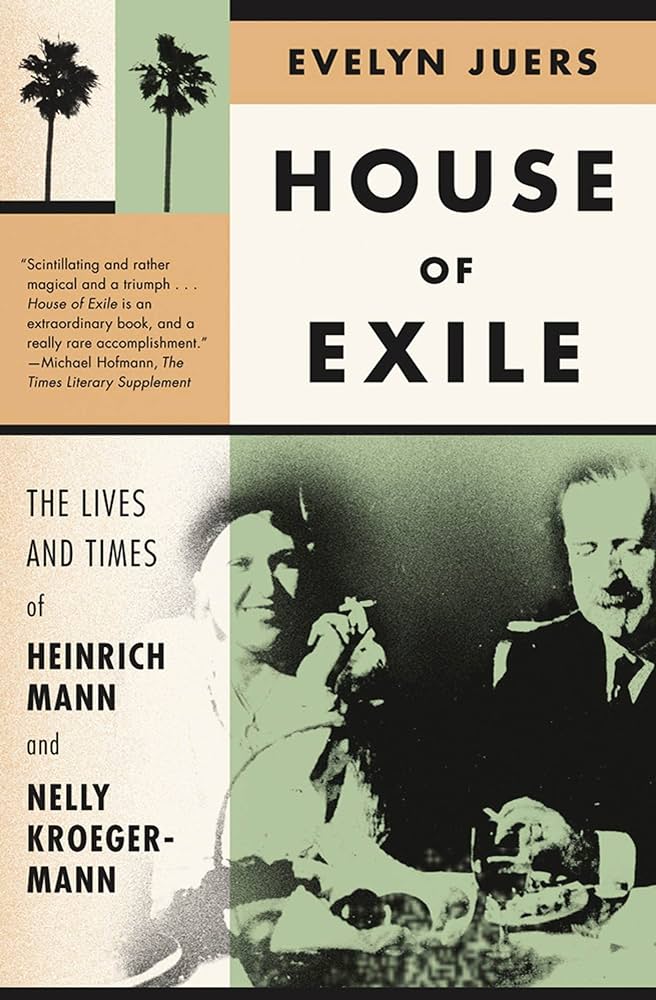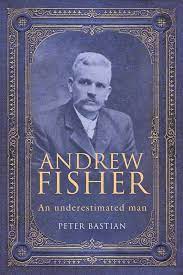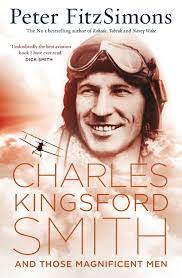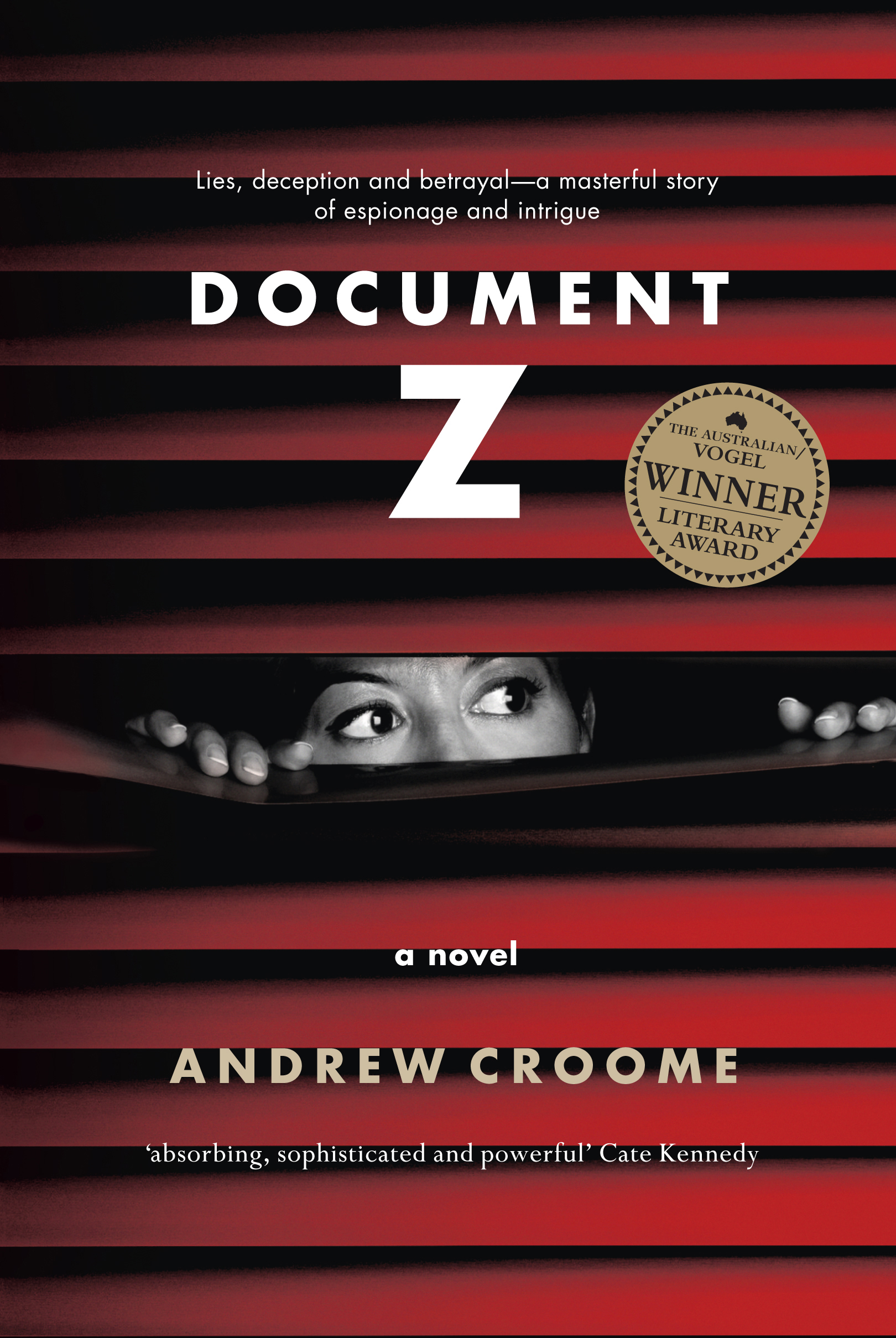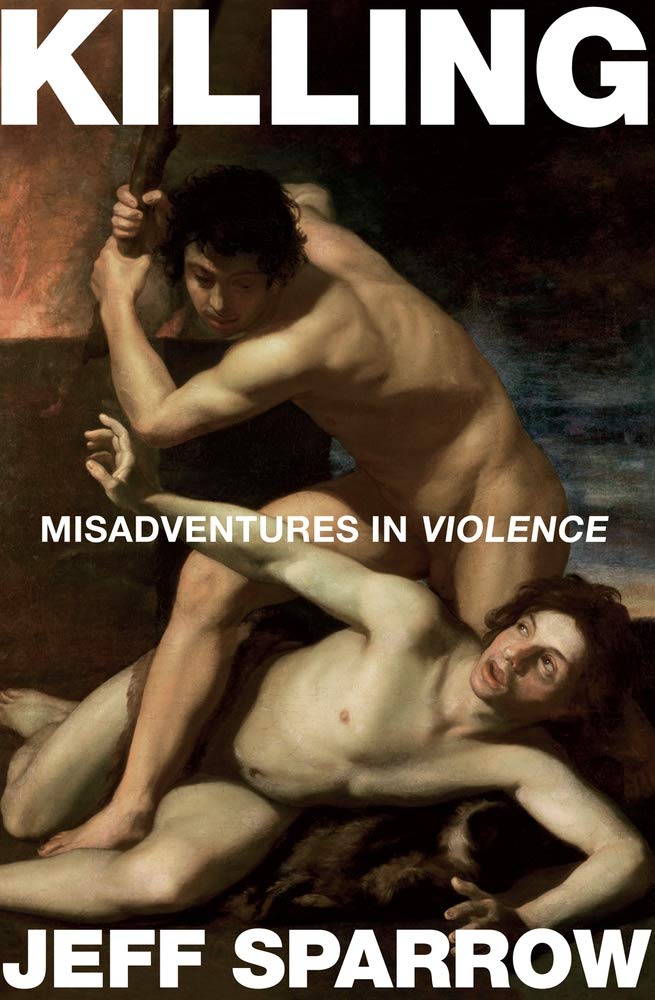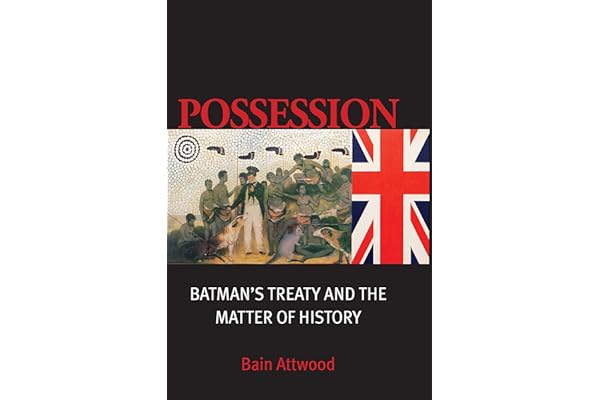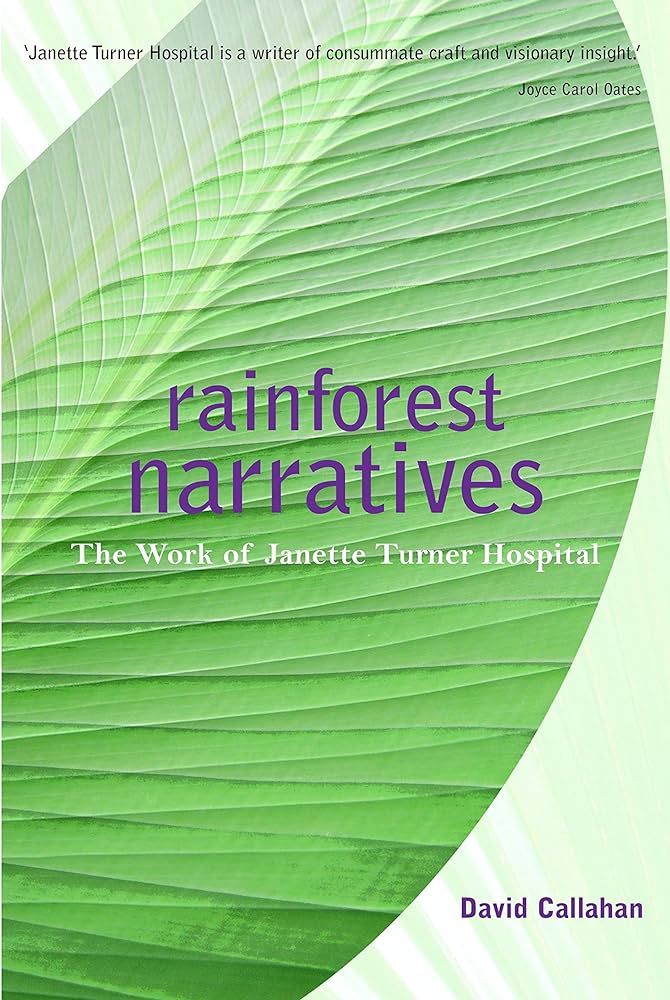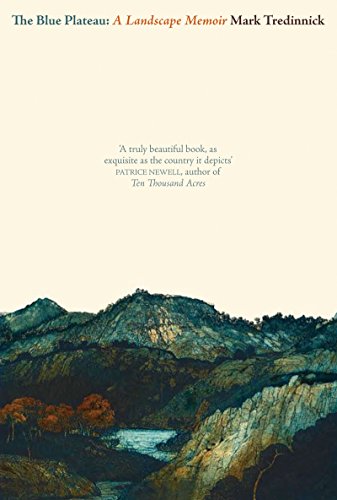Non Fiction
House Of Exile: The Life and times of Heinrich Mann and Nelly Kroeger-Mann by Evelyn Juers
Evelyn Juers’s wide-ranging and suggestive study of Heinrich Mann (older brother of Thomas) and his second wife, Nelly Kroeger-Mann, opens with a vivid extended anecdote, recounting a meeting between the couple and Bertolt Brecht at a fruit market in Los Angeles, in the summer of 1944. Members of the community of European exiles in Los Angeles had flocked to the market because a farmer ‘was selling berries … Not just strawberries, blueberries … [but] also … gooseberries’. Jokingly translating the English word into Gaensebeeren (the actual German is Stachelbeeren), Brecht is caught handing out ‘a great mound of amber fruit’, giving Heinrich and Nelly ‘a translucent gem to taste’, and wittily punning ‘that he was no gooseberry fool’.
... (read more)Andrew Fisher fares well in the new Museum of Australian Democracy, at Old Parliament House, Canberra. The entrance to the galleries is framed, on one side, by E. Phillips Fox’s dark 1913 portrait of an imposing and resolute Fisher, in contrast to the garish, spreading corpulence of George Lambert’s 1924 Sir George Reid on the other. Inside, in the procession of prime ministers, Fisher is represented more comprehensively and intimately than his peers. There is his miner’s crib – for this leader of Australia’s first majority Labor government definitely came from the working class – and his fountain pen, presented by his granddaughter to Kevin Rudd (who, the caption reads, is a ‘passionate admirer’ of his Queensland predecessor). Elsewhere in the Museum, in commemorating the suffrage movement, the key exhibit is a replica of the hat worn by Fisher’s wife, Margaret, when she marched beside Vida Goldstein in a London protest for women’s franchise in 1911.
... (read more)Birdscapes: Birds in our imagination and experience by Jeremy Mynott
Jeremy Mynott begins his capacious and disarming new book with a dedication to his wife, the author Dianne Speakman. ‘In all our twenty-five or so years together,’ he writes, ‘I have never yet succeeded in persuading her to take the slightest interest in birds. This is my best and last shot.’ Any ornithophile knows this feeling: the regret that his sense of wonderment remains for the most part private, something that others regard as slightly weird or ridiculous.
... (read more)Charles Kingsford Smith and Those Magnificent Men by Peter FitzSimons
In the epilogue to the latest, massive contribution to his populist and nationalist enterprise, Charles Kingsford Smith and Those Magnificent Men, Peter FitzSimons laments that ‘the true glory days of the pilot are substantially gone’. He charts an heroic, pioneering age of aviation. The ‘magnificent men [in their flying machines]’ include not only the Australians, Kingsford Smith and his partner Charles Ulm, but the German Manfred von Richtofen, the Dutchman Anthony Fokker, the Frenchmen Louis Blériot and Charles Nungesser. Most of them saw service in the first aerial combats, above the trenches of the Western Front in the Great War. Kingsford Smith, a dismounted motor-bike despatch rider at Gallipoli, was accepted into the Royal Flying Corps. He called this ‘the chance of my flying life, and it was a decision I made without a moment’s hesitation’.
... (read more)Devotees of the television program Spooks may find Australian history less than exciting, but the Petrov Affair is surely the exception that confounds the cliché. Its ingredients included the Cold War, espionage, agents, a defection (hugely important propaganda for the Menzies government on the eve of the 1954 federal election) and a charming woman, the defector’s wife, who was unceremoniously hustled on to a waiting aeroplane by beefy officials from the Russian Embassy. The poignancy of Evdokia Petrova’s white shoe lying abandoned on the tarmac as the plane took off was only eclipsed by the drama of the refuelling stop in Darwin, where she was prevailed upon by Australian security to remain in this country with her husband, Vladimir. He was quite clear about his defection; Evdokia, in that pivotal moment and long afterwards, was tormented by uncertainty.
... (read more)On paper, jazz critic John Shand’s Jazz: The Australian Accent is a welcome intervention, one of the first books to take Australian jazz seriously. Shand’s prose is well paced and easy to read, if slightly glib. There is little obfuscation in his method, which is infinitely preferable to the pretensions of many jazz critics who fail to translate jazz into prose. Shand’s descriptions of music are engaging enough to make you want to listen to the musicians whose work he is describing, if only to confirm or deny the mutedly rhapsodic element of Shand’s descriptors. Unfortunately, they generally don’t live up to his prose, which you’ll discover when listening to the compilation CD that accompanies this book.
... (read more)Killing: Misadventures in violence by Jeff Sparrow
On 4 October 1918, one month before he was killed, Wilfred Owen wrote to his mother describing the ‘mop-up’ operations in which his division was engaged. ‘It passed the limits of my Abhorrence. I lost all my earthly faculties and fought like an angel.’ Owen assured his beloved mother that his nerves were ‘in perfect order’. This letter, written by the poet who gave us ‘Anthem for Doomed Youth’, the metaphor of a generation sacrificed like cattle on the battlefield, is a terrible indictment of war and its effect on the human psyche.
... (read more)Possession by Bain Attwood & Shaking Hands on the Fringe by Tiffany Shellam
I once visited John Batman’s property in north-east Tasmania, happily in the company of a Tasmanian. The guidebook listed it as a heritage site on a public road, but the graded track along the side of a ridge had to be entered by a gate marked ‘Kingston – Private Property’. We drove several kilometres before reaching another gate. We breached this, too. On our left was a nineteenth-century stone cottage incorporated into a weatherboard homestead. On our right was a large shed and stables. A generator puttered away, and music came from the house. We shouted our presence. Only the horse in the stables responded. Clearly, we were not going to find a stall selling Batman memorabilia.
... (read more)Rainforest Narratives: The Work of Janette Turner Hospital by David Callahan
Janette Turner Hospital is an Australian-born novelist with an international reputation, though Australian readers often have reservations about her work. She has written some brilliant short stories, but her novels can strain for effect, with insistent intellectual allusions and postmodern shifts of fictional status. Perhaps, though, this is a typical Australian response to an expatriate writer whose work is not immediately accessible. Australian critics have not been as willing to praise Hospital as some North American readers, including Joyce Carol Oates, who, on the cover of Rainforest Narratives, describes Hospital as ‘a writer of consummate craft and visionary insight’.
... (read more)The Blue Plateau, set in the Blue Mountains, is part memoir, part essay and part anecdotal local history. Mark Tredinnick wrote it during the seven years he spent living in the valley below Katoomba with his wife and growing family. Strangely, we learn little of the author or his family as this informative, sympathetic and poetic book emerges from its landscape in meditative bursts. It is a kind of mosaic of prose poems. If there is an order in this book, it is, as Tredinnick suggests in his prologue, one that is more implicit than explicit.
... (read more)

